T4K3.news
Black Hole Probe Proposal Draws Debate
A new iScience paper outlines a plan to send probes near a black hole to test relativity.
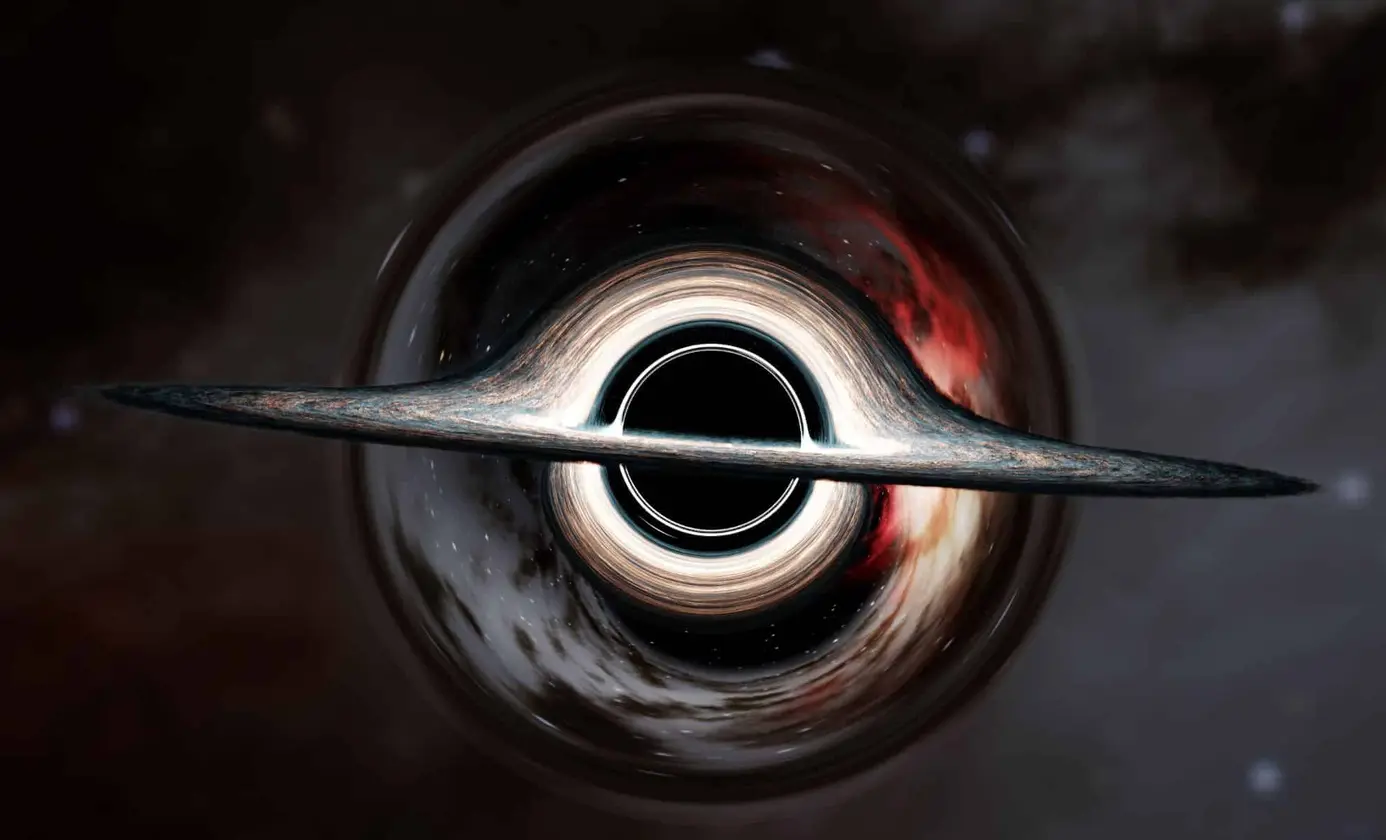
A bold proposal imagines using a probe to study a nearby black hole to test relativity under extreme gravity.
Astrophysicist Proposes Probe to Explore a Black Hole
Cosimo Bambi of Fudan University puts forward a long‑shot mission in a paper for iScience. The idea is to send a spacecraft to orbit a black hole and use two or more probes to gather data on how gravity and light behave near the event horizon. The plan envisions a mothership and smaller orbiters, powered initially by Earth‑based lasers and later by solar or stellar energy, capable of speeds up to a third of light. A crucial hurdle is finding a suitable target: the closest known black hole is about 1,565 light‑years away, but Bambi says a black hole within 20 to 25 light‑years would make the mission more feasible. If such a target exists, researchers could develop the necessary technology and communications to study the system over decades.
The proposal frames black holes as natural laboratories to test general relativity in extreme gravity. Data would travel back across vast distances, with a total mission duration of roughly a century if the black hole sits around 20 light‑years away. The author acknowledges the idea sounds far‑out but points to past breakthroughs—gravitational waves detection and imaging black holes—as evidence that what seems impossible can become possible with persistent effort.
Key Takeaways
"We do not know the structure of a black hole, namely of the region inside the event horizon."
Statement about the unknown interior region of black holes and its importance for testing physics
"If there is a black hole within 20 to 25 light-years of the Solar System, we can develop the technology for such a mission."
Distance criterion that makes the mission plausible
"Two or more probes orbiting around the black hole would be the best option."
Outline of the mission architecture
"really crazy"
Author notes the idea sounds highly ambitious
The piece blends scientific audacity with candid realism. It treats a black hole as a laboratory that could expose deviations from general relativity, while outlining practical limits like detection of nearby quiet black holes, propulsion timelines, and communication delays. The argument rests on incremental steps—advances in laser propulsion, robust probe networking, and long‑term international support—rather than a quick flight plan. The narrative invites readers to weigh curiosity against practical risk, reminding us that big leaps in science often begin as unlikely ideas that earn legitimacy through steady progress.
Highlights
- We do not know the structure of a black hole, namely of the region inside the event horizon
- If there is a black hole within 20 to 25 light‑years of the Solar System, we can develop the technology for such a mission
- Two or more probes orbiting around the black hole would be the best option
- really crazy
The idea challenges readers to imagine what future science could enable rather than settle for what seems possible today.
Enjoyed this? Let your friends know!
Related News
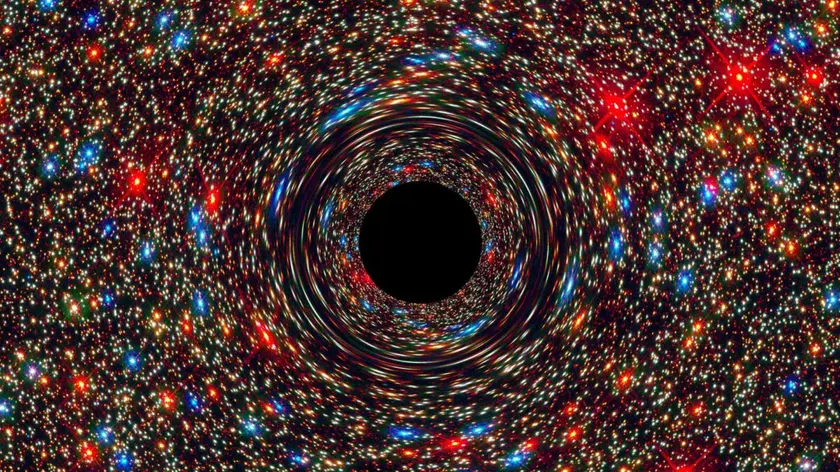
New Plan Proposed for Journey to Black Hole
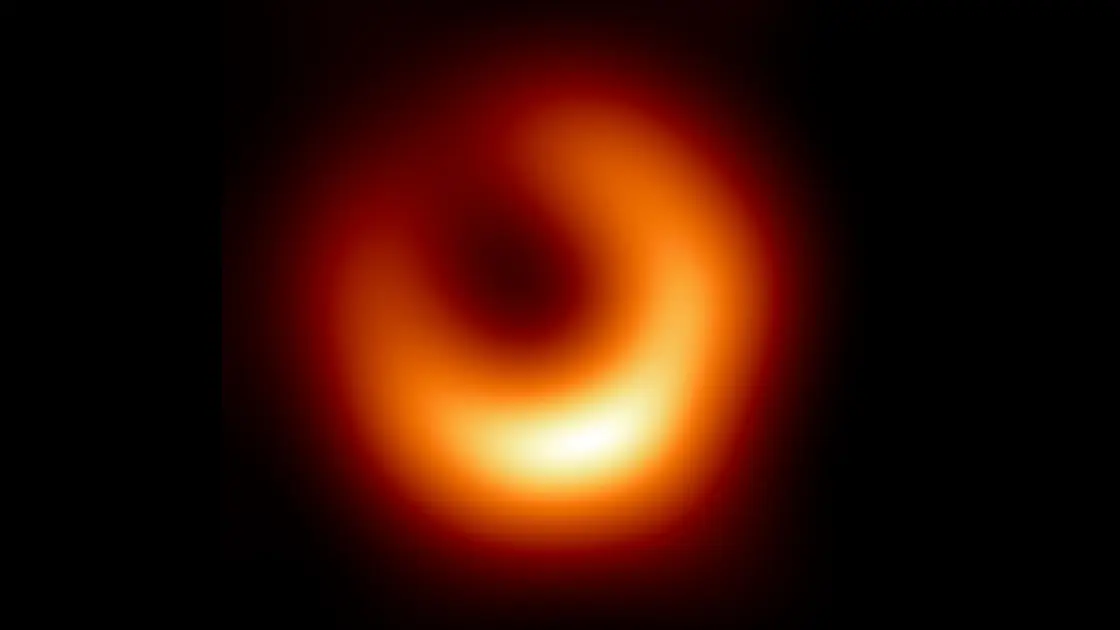
New proposal for laser-propelled spacecraft to explore black holes
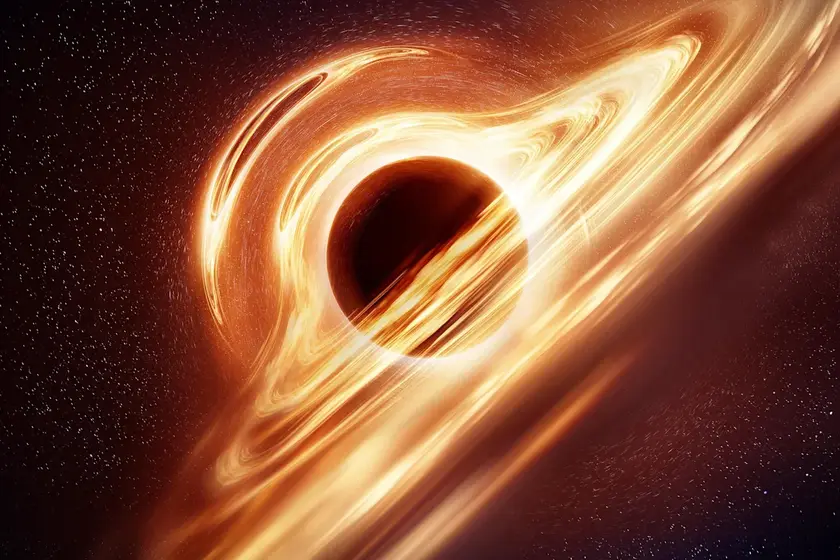
James Webb Telescope may have found early cosmic light sources
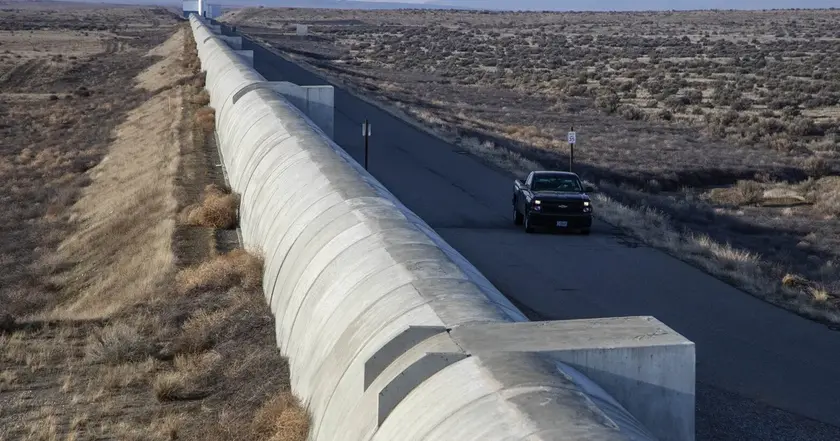
LIGO makes significant black hole discovery amid budget cuts

IDF chief warns against Gaza occupation plan
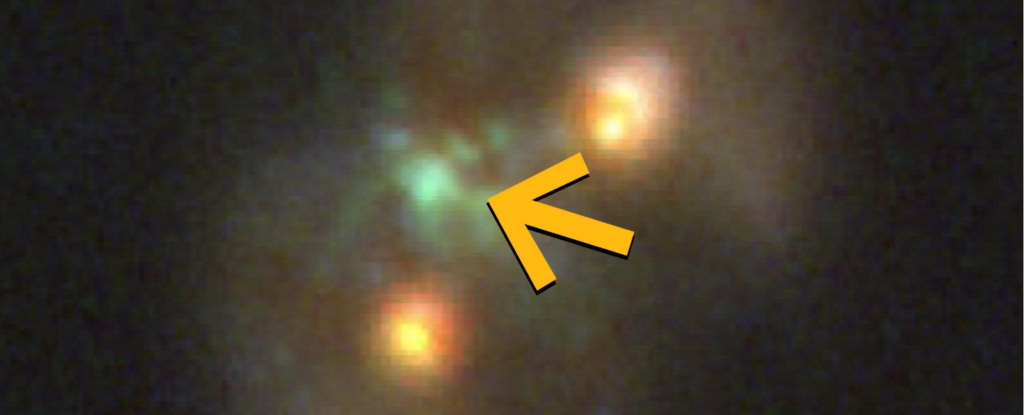
Discovery of Possible Supermassive Black Hole Formation

Edinburgh University urged to keep antisemitism definition

Italy approves bridge project to Sicily
